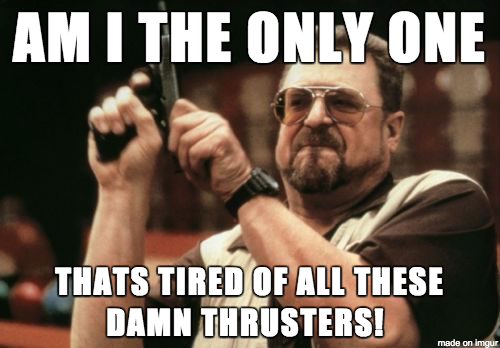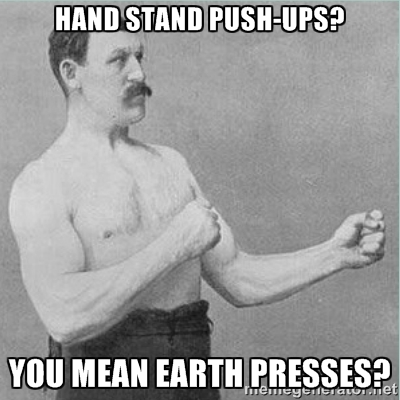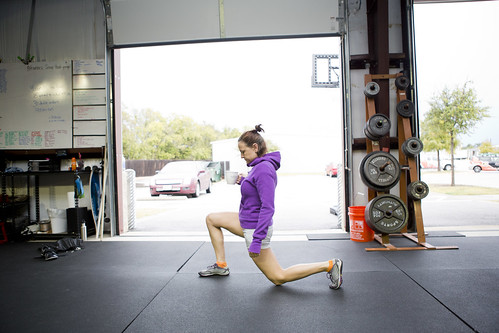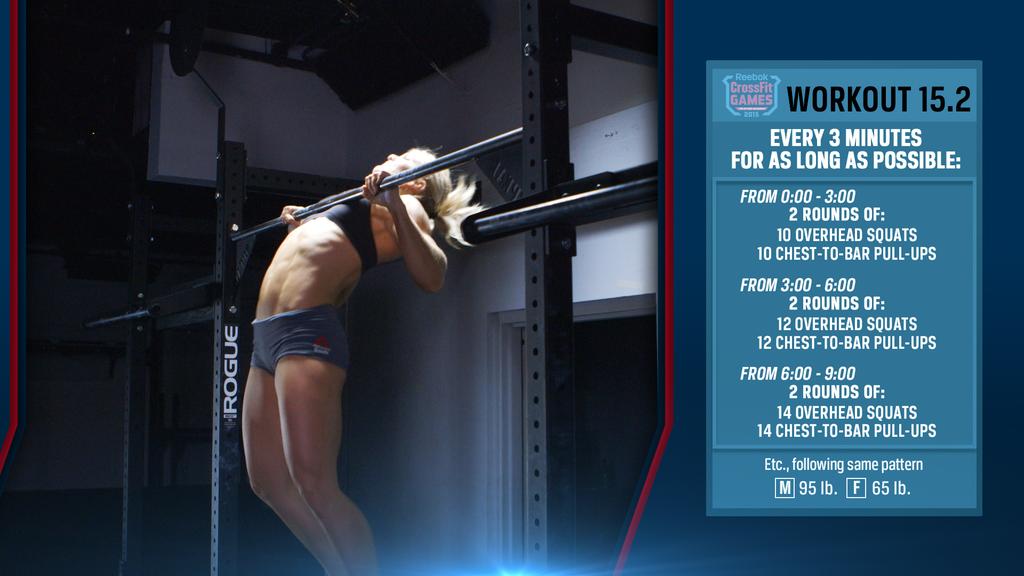
I have been dancing since I was three years old and as you can imagine, my feet have played a very important role in my career as a dancer. Unfortunately for my career, I have terrible feet, but to be fair I spent a lot of time ignoring them and even more time putting them through hell.
I started to develop bunions at a very young age {If you don’t know what a bunion is click here}. As I began to advance in my dance training {hello pointe shoes}, the bunions got worse and became so painful that some days I could hardly walk. By the time I was 14, the pain was constant {dancing or not} so I saw a podiatrist who in turn sent me to a podiatric surgeon. At age 14 I had my first foot hack job surgery. I’m really not sure what went wrong with the surgery, but a few years later the bunion {and the pain} was back. Lets just say I regret that one.
Now, surgery number 2 came along when I was 16. This surgeon told me “You don’t do this surgery on a dancer unless she’s ready to quit.” You also don’t say something like that to a 16 year old who thinks she’s going to make a living for herself as a dancer. I’d already had one foot done… what was my fate? Well, luckily she knew what the heck she was doing. This surgeon had worked with the dancers of the Houston Ballet for 14 years and surgery number 2 was a success. It still is, but not without care.

{2nd foot – pre-surgery}
In addition to my bunions/surgeries, I’ve suffered multiple broken toes, stress fractures, a tear in my plantar fascia, and I have dreadfully flat feet. My entire “arch” {quotations because I literally don’t have one} lies completely flat if I do not thoughtfully support myself. This causes achy, tired feet very quickly and an inward rotation of my knees. These issues, through the years, have also caused numerous problems with my hips and back. If I am not diligent in taking care of my feet, the rest of my body lets me know.
I’ve spent much of my life working to keep my feet {and the rest of me} in good condition, so that I can continue to do the things I love and I can tell you that there are numerous benefits to giving your feet some love.
“But how can my feet make a difference in the rest of my body?”
Take a look at your feet. Those two foundational structures are responsible for supporting the weight of your entire body. They provide a sturdy base and connect you to the earth. They are the main catalyst for locomotion and the foundation of the kinetic chain. There is a lot of responsibility that lies in those tootsies and by keeping them in good shape, you are doing good things for the rest of you too.
Lets take a look at what makes up our feet. There are 26 bones, 33 joints, and more than 100 muscles, tendons, and ligaments in the foot. In addition to the direct anatomy of the foot, all of the body’s fascia comes down and connects in the feet. If there is a misalignment in the foot, it can travel through the fascial meridians and affect the alignment of another structure.
There are 5 lines {meridians} of fascia that run throughout the body.
- Superficial back line- starts at the bottom of your feet, runs along the back of your legs, back, and goes up and over the top of your head.
- Superficial front line- Starts on the top of your feet at the toes and ends behind the ear.
- Lateral line- Runs along the side of your lower body, hips, and obliques.
- Spiral line- Wraps from side to side along the body.
- Deep front line- Runs along the spine and jaw.
Each of these lines weave together in an intricate support system throughout the body. Lets do a little experiment to show you what I mean. For this exercise, we’ll be focusing on the Superficial back line.
Standing with your feet parallel {toes pointing forward} and about hip width apart, bend forward and gently reach toward your toes. Take note of how far you are able to reach and how you feel doing so.

Now, take a small ball {tennis, racquet, lacrosse, golf…} or a foot roller and either in a seated or standing position roll it between the floor and the bottom of your foot. Start gently and apply more pressure as you are able. Spend 2-3 minutes per foot rolling all along the bottom.

Once you’ve finished, stand again in parallel, feet shoulder width apart and lets try the stretch again. A little easier this time, yes? You’ll notice you either gained a little depth in the stretch or at the very least felt less tension in your stretch.
This is a great example of how your feet can affect the rest of your body. Tight fascia in the bottom of your feet equates to tight fascia along the superficial back line. By releasing the tension in the feet, you’ve aided in releasing tension elsewhere.
The programming lately has included a lot of foot intensive work {running & double-unders} so this would be a great time to start focusing a little more on your base. You can do this while you have your morning coffee, while you’re at your desk at work, during your favorite tv show, etc… 5-10 minutes a day is all it takes so get a ball and get rolling.
In addition to rolling and stretching your feet, you should also take into consideration, the benefits of strengthening. Strengthening can aid in balance, stability, proper alignment, and injury prevention. We could go on for days about alignment {pronation, supination, gait, etc..} but we’ll save that for another post. Whatever you do, don’t ignore that foot pain. Give your tootsies some love every now and then and the rest of your body will thank you.
A strong body starts with a strong base.
-Coach Gen
















